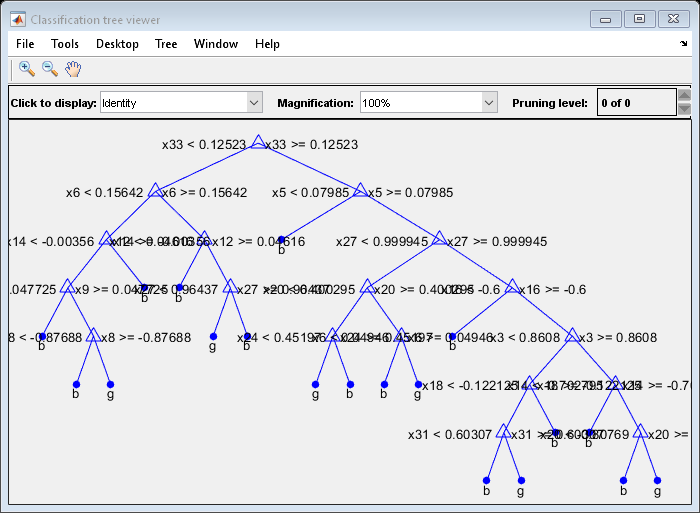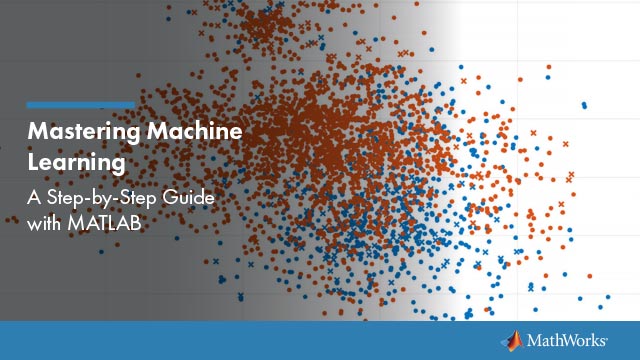CompactTreeBagger class
Compact ensemble of decision trees grown by bootstrap aggregation
Description
CompactTreeBaggerclass is a lightweight class that contains the trees grown usingTreeBagger.CompactTreeBaggerdoes not preserve any information about howTreeBaggergrew the decision trees. It does not contain the input data used for growing trees, nor does it contain training parameters such as minimal leaf size or number of variables sampled for each decision split at random. You can only useCompactTreeBaggerfor predicting the response of the trained ensemble given new dataX, and other related functions.
CompactTreeBaggerlets you save the trained ensemble to disk, or use it in any other way, while discarding training data and various parameters of the training configuration irrelevant for predicting response of the fully grown ensemble. This reduces storage and memory requirements, especially for ensembles trained on large data sets.
Construction
| CompactTreeBagger | Create CompactTreeBagger object |
CMdl= compact(Mdl)Mdl, aTreeBaggermodel object. You can predict regressions usingCMdlexactly as you can usingMdl. However, sinceCMdldoes not contain training data, you cannot perform some actions, such as make out-of-bag predictions usingoobPredict.
Object Functions
combine |
Combine two ensembles |
error |
Error (misclassification probability or MSE) |
margin |
分类margin |
mdsprox |
Multidimensional scaling of proximity matrix |
meanMargin |
Mean classification margin |
outlierMeasure |
Outlier measure for data |
partialDependence |
Compute partial dependence |
plotPartialDependence |
Create partial dependence plot (PDP) and individual conditional expectation (ICE) plots |
predict |
Predict responses using ensemble of bagged decision trees |
proximity |
Proximity matrix for data |
setDefaultYfit |
Set default value forpredict |
Properties
|
The |
|
The For classification, you can set this property to either 对于回归,可以将此属性设置为numeric scalar. The default is the mean of the response for the training data. |
|
The |
|
The |
|
The |
|
The |
|
The |
|
The |
|
The |
Examples
Copy Semantics
Value. To learn how this affects your use of the class, seeComparing Handle and Value Classesin the MATLAB®Object-Oriented Programming documentation.
Tips
TheTreesproperty ofCMdlstores a cell vector ofCMdl.NumTreesCompactClassificationTreeorCompactRegressionTreemodel objects. For a textual or graphical display of treetin the cell vector, enter
view(CMdl.Trees{t})


